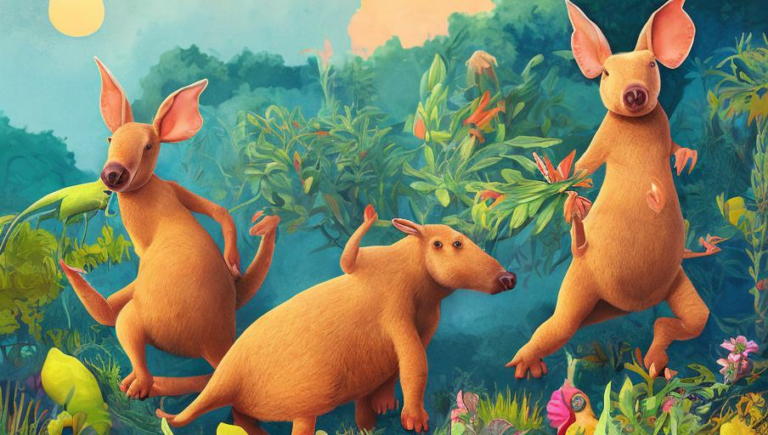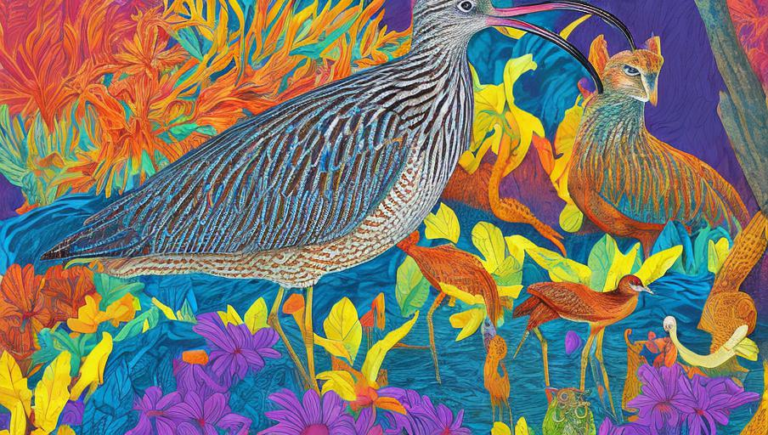Yearning for Albatross: the Appeal of the Most Widely Distributed Seabird

An Unparalleled Presence
The albatross is one of the most widely distributed species of seabird in the world. They can be found in every ocean, from the North Pacific to the Southern Ocean. Albatrosses, particularly the wandering albatross, are the largest seabirds in the world, with wingspans reaching up to 11 feet. These majestic creatures are symbols of the ocean and of the vastness of the world. They can be seen soaring over the surface of the sea, sometimes remaining in the air for hours on end, and are often seen by sailors as a sign of good luck.
Life in the Ocean
Albatrosses are experts at finding food on the open ocean. They use their large wingspan to soar effortlessly above the waves, searching for food. They feed mostly on squid, small fish, and krill, which they scoop up from the water’s surface. Albatrosses have an incredible sense of direction and will often return to the same spot for food over and over. They can travel thousands of miles in search of food, and have been known to fly from the equator to Antarctica in less than two weeks.
Migration and Breeding
Albatrosses are long-lived birds, with some species living up to 50 years. They are also highly migratory, travelling to temperate regions to breed in the summer and returning to the open ocean in the winter. Albatrosses mate for life and lay one egg at a time. The parents take turns incubating the egg, which can take up to 80 days. After hatching, the chick will remain with the parents for up to a year before it is ready to fledge.
Threats to Albatross Populations
Unfortunately, albatrosses face numerous threats. Overfishing, longline fishing, and plastic pollution all pose a danger to these birds. Longline fishing is particularly dangerous, as the baited lines can entangle and drown birds. Plastic pollution is also a growing concern, as albatrosses often mistake the floating plastic for food and can become sick or die from consuming it.
Conservation Efforts
Fortunately, there are a number of conservation efforts in place to help protect albatrosses. International agreements have been put in place to limit and regulate longline fishing. Additionally, organizations such as the Albatross Task Force work to reduce the mortality of albatrosses through education and the development of new technologies. Finally, beach clean-ups, education about the dangers of plastic pollution, and the promotion of sustainable fishing practices are some of the ways in which individuals can help protect these birds.
Conclusion
The albatross is an iconic species of seabird, with a presence that spans the globe. Despite the threats they face, there are still ways to help protect them. Through conservation efforts, education, and the promotion of sustainable fishing practices, we can help ensure that these birds continue to thrive in the wild for generations to come.





